Staying Current: A drug testing policy’s purpose statement is more important than you may realize
This information is provided for educational purposes only. Reader retains full responsibility for the use of the information contained herein.
When it comes to drug testing, why you test determines who you test, when you test and how you test.
As such, an important section of any drug testing policy, but one that is often overlooked if not altogether ignored, is what is known as the “purpose statement.” This is typically a two or three-paragraph introduction to the policy that states a company’s drug testing objectives, what the company hopes to achieve by conducting drug testing. It is where employees and supervisors go to learn why your company conducts drug testing.
Often, a policy that lacks a well-thought-out introductory purpose statement tends to read like a bad mystery novel where the reader has no idea where the story is heading and how it will end.
It can be a little like a Scooby Doo cartoon where the storyline is void of any direction and the villain is suddenly revealed at the end as a complete surprise to the audience. But with something as important as drug testing, the policy’s objectives must be clear from page one all the way to the last page to anyone who reads it and relies on it.
A well-written, comprehensive drug testing policy is the cornerstone of any successful drug-free workplace program and the introductory purpose statement serves as a blueprint for the other essential components of the policy. These other sections include who will be subject to testing (the “Coverage” section), who can authorize a drug test (the “Authority” section), what behavior is considered a violation of the policy (the “Prohibited Conduct” section), when testing will occur (the “Drug Testing” section), and what happens when a policy violation occurs (the “Consequences” section).
Another very important part of the policy is the “Drug Testing Procedures” section. This is where a company explains how it will conduct drug testing (lab-based versus rapid-result; urine, oral fluid or hair; on-site collections versus using offsite occupational health centers, etc.). In order to choose the drug testing method that will increase the company’s chances of having a successful drug-free workplace program, the company must understand its program’s objectives. The conclusion to that process of determining those objectives ultimately results in what is included in the policy’s purpose statement.
Why drug test?
In a 2024 survey of employers conducted by the Current Consulting Group, when asked: “What are the leading reasons for establishing and maintaining a drug testing program for your company?” the responses included:
• 85% to promote workplace safety
• 54% to comply with DOT regulations
• 51% to hire the best possible job candidates
• 49% to minimize legal risks
• 45% to comply with other federal requirements
• 36% to comply with state laws
• 25% to reduce overall costs
• 28% to reduce employee turnover
Safety
Predictably, “to promote workplace safety” is most employers’ number one reason for conducting drug testing. Following is one way that a policy’s purpose statement can reflect this objective:
“Jones Construction Company is committed to maintaining the safest possible working environment for all of our employees and customers. To help us achieve this objective, Jones Construction conducts drug and alcohol testing on a random basis as well as following accidents and when reasonable suspicion of drug use exists.”
Now, how does this emphasis on workplace safety impact when the company conducts drug testing? Easy. The company will want to utilize drug testing practices that have the strongest deterrent effect on employee drug use. The result? Random testing. In a federal government survey of full-time employees who admitted to being current drug users, 40% said they were less likely to work for a company that conducts random testing. (Winning the War on Drugs—Check the Military.” Mulloy, Paul J. Drug-Free Workplace Report. Volume II, No. 2. Fall 1990 p.5.) So, many drug users won’t even apply for work with such a company.
Some survey results are as relevant today as they were many years ago when the survey was originally conducted. A survey of Navy personnel conducted more than three decades ago found that 83% considered drug testing to be the number one deterrent to drug use and 27% said they would resume using drugs if the Navy discontinued its drug testing program.
Hiring good workers
Another high-ranking reason for testing, according to the Current Consulting Group survey, is “to hire the best possible job candidates.” The Jones Construction Company’s purpose statement may also include a paragraph that states the following:
“The Company is determined to hire the best possible workers who can contribute to a safe, productive and drug-free workplace. To help the company achieve this objective all applicant finalists for safety-sensitive positions will be required to pass a pre-employment drug test and submit to a background check.”
That’s great, but let’s say Jones Construction is in a highly competitive hiring market. There’s always the possibility of losing an ideal job candidate to a competitor down the street that does not conduct pre-employment testing. But the company has a strong advantage over these other companies. Because of their drug testing program, they have a reputation for being a drug-free workplace and in a very safety-sensitive industry, and that’s important to many job seekers. In order to continue to deserve that stellar reputation, Jones Construction performs pre-employment drug testing utilizing rapid-result oral fluid tests. This makes it possible for the company to easily conduct tests wherever job interviews are being conducted, get results in 10-15 minutes, extend same-day job offers to those who test negative, and put the best applicants to work that afternoon.
Keeping the policy updated
A policy’s purpose statement doesn’t just hint at the details that come later in the policy. As the above sample language demonstrates, it serves as a guide to what will be included in those sections. Of course, a company’s objectives may change over time. For this reason, it is critical that companies keep their policies up to date, and that the policy’s purpose statement changes to reflect those shifting objectives.
In Current Consulting Group’s employer survey, when asked “When was the last time you updated your drug testing policy?”, 34.6% indicated it had been more than a year with another 2.5% saying they’ve never updated their policy. When asked “What are the biggest challenges to performing drug tests?”, 29.3% said it was keeping their policy up to date.
At a minimum, a drug testing policy should be updated annually. In reality, with the fast-changing legal landscape prompted by state marijuana laws, which often can have a direct impact on drug-free workplace programs, a company’s drug testing policy should be examined quarterly and updated in real time as laws change and new laws are enacted.
Legal marijuana
Speaking of legal marijuana, most states now allow some type of marijuana use. But how might the Jones Construction Company address this issue in the purpose statement of its drug testing policy? Maybe something like this:
“The Company acknowledges that the use of marijuana in our state is legal under certain circumstances. However, the Company does not condone marijuana use on the job or permit employees to be at work under the influence of marijuana. The Company conducts drug testing to deter individuals from using marijuana while at work and to identify people who may be under the influence of marijuana while on the job. This policy’s sections on Prohibited Conduct and Consequences for policy violations provide specific details regarding marijuana and the workplace.”
Third Party Administrators (TPAs) and other drug testing providers play a crucial role in helping employers accurately identify their drug testing objectives and then implement the kind of program that can help them achieve those objectives. In a 2022 employer survey conducted by the Current Consulting Group, 31% said TPAs have the “most influence on changes” to their drug testing program – the number one response.
If a company’s policy clearly states right at the beginning what its drug testing objectives are, the rest of the policy is more likely to accurately describe what the company should be doing to achieve those objectives. Safety, hiring good workers, and maintaining a solid company reputation are just a few of the commonly cited reasons why a company conducts drug testing. Whatever the reasons, they should be articulated in the purpose statement of a company’s drug testing policy.
The Current Consulting Group works with TPAs and other screening providers to ensure their customers have up-to-date, customized, and state law and DOT compliant drug testing policies that include purposeful purpose statements. For more information contact CCG at info@currentconsultinggroup.com.
Copyright © 2010-2025 The Current Consulting Group, LLC – No portion of this article may be reproduced, retransmitted, posted on a website, or used in any manner without the written consent of the Current Consulting Group, LLC. When permission is granted to reproduce this article in any way, full attribution to the author and copyright holder is required.



